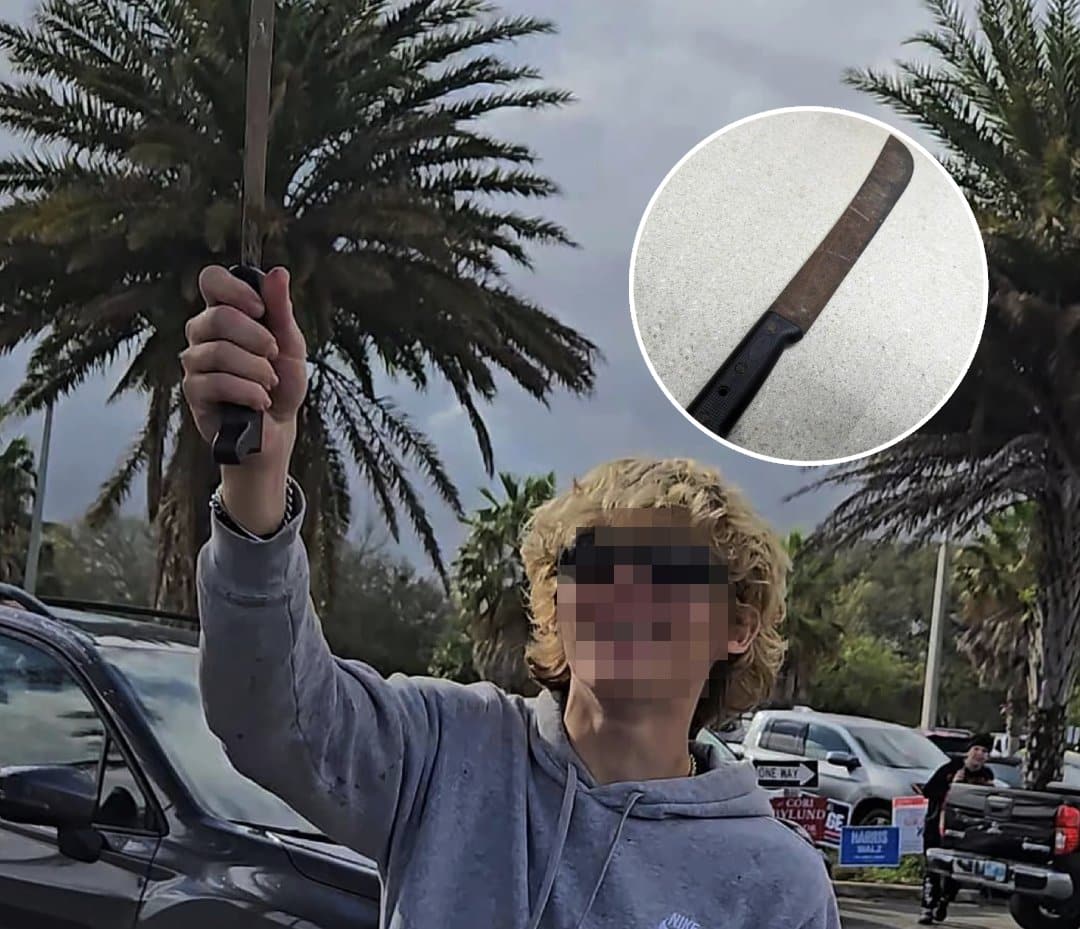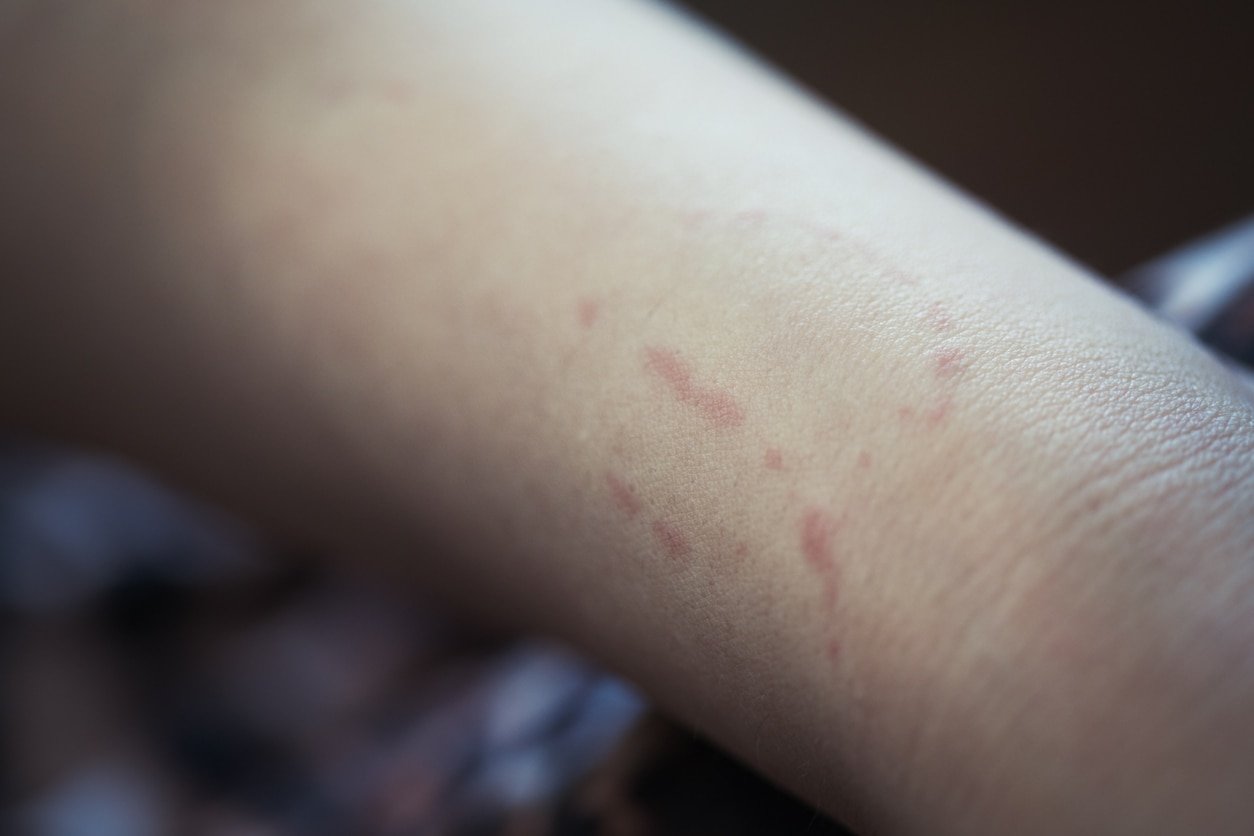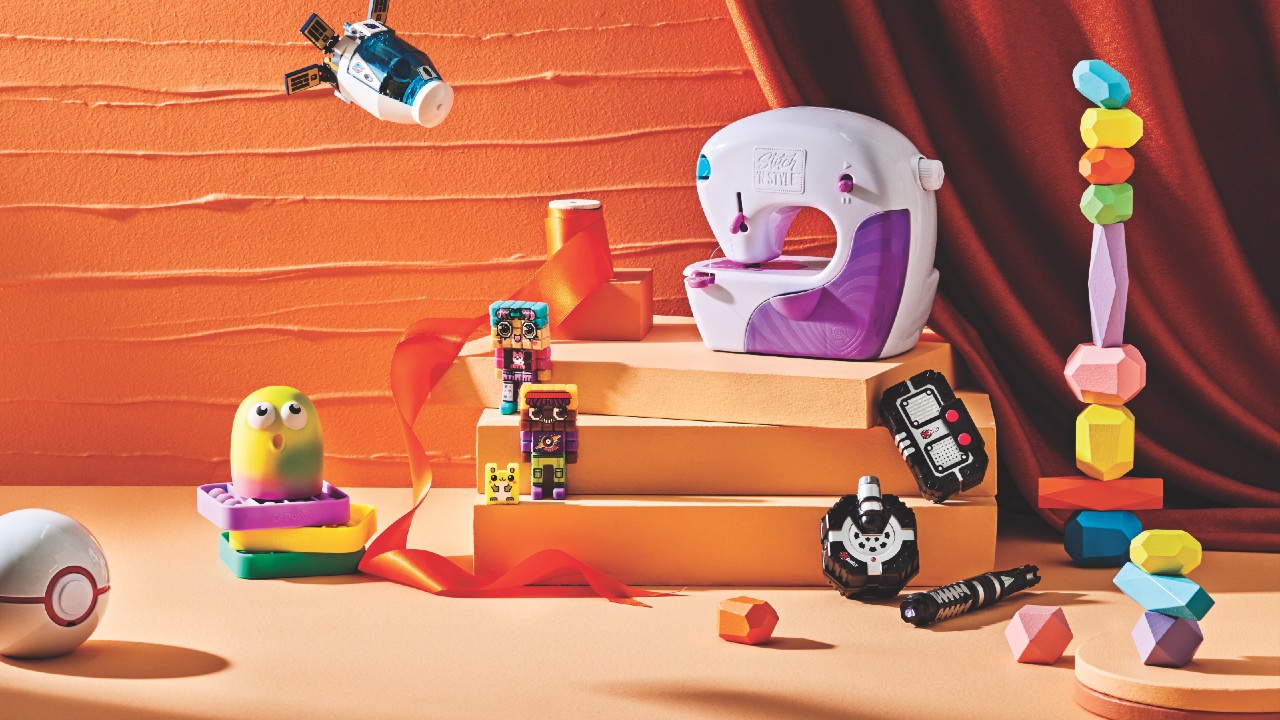As I entered the classroom to pick up my daughter, I knew immediately from the look on the teacher’s face that something was wrong. The mixture of nervousness and hesitation indicated I was about to receive some bad news.
Before I could even look at the incident report, I thought, “Oh no, who did she bite today?”
When my daughter was a toddler, she put everything in her mouth, including other kids’ arms. It was so embarrassing, and I wished I could find a way to get her to stop biting.
Deep down, I didn’t think scolding or punishing her would make much difference. Toddlers live in the moment, and they are wildly impulsive. But I still wanted to protect her from the stigma of being a biter. It was important to me that she be a welcome and joyous member of her classroom. Admittedly, I also wanted to stop worrying every day about when or who she would bite next and how to get my child to stop biting.
Why is My Child Biting?
Of all the frustrating, concerning, and challenging behaviors young children show, biting might get parents the most riled up. Is it because others judge a “biter” as out of control, mean, or aggressive? Is it because we are afraid of what comes next if our child is biting right now? Or is it because we think our child’s behavior directly reflects our parenting?
You are not alone if you’ve been thinking of any of those things. Those thoughts would stress out any parent who sees their child bite someone else. We jump to conclusions about what biting says about our child (or us), so let’s slow down and consider some very real and typical reasons that children bite. Then you can tailor a strategy according to the underlying cause of the behavior.
Top-Down vs. Bottom-Up Behavior
In her book Beyond Behaviors, child psychologist Mona Delahooke describes behaviors as “top-down” or “bottom-up.” She defines top-down behavior as “the result of thoughtful intent.” She points out that this type of “effortful control of attention, impulses, and behaviors” doesn’t begin until around three-and-a-half or four years.
What’s happening before then is almost entirely bottom-up behavior, which Delahooke defines as “reflexive, automatic responses . . . and do not involve conscious thought,” and they “emerge not from intention but subconsciously.”1
This is a massive reframing of how we interpret a toddler or preschooler’s behavior. If we stop blaming a child for biting, as if they did it deliberately, we can look at what caused the automatic response.
Sensory Needs
Young children are naturally curious, and one way they learn about their world is through their senses. A child’s sensory system constantly collects information about light, color, shape, sound, texture, gravity, and pressure. Children’s sensory needs and tolerance vary, which results in seeking or avoiding certain stimuli.
Some children have a stronger need for oral sensory input, which means they need to experience the world through their mouths. As adults, we may find this inconvenient, disgusting, or embarrassing, but for the child, it’s just how they operate in the world. If you notice your child mouthing various objects or sucking their fingers, in addition to biting, your child may have a stronger need for oral stimulation.2
When this is the case, you can offer your child safe and acceptable alternatives to meet their need for oral stimulation: specially designed sensory chew sticks, sucking a thick liquid through a straw, blowing bubbles with a straw, or blowing into a kazoo or whistle are a few examples of helping satisfy this need.
Communication Needs
Another critical component of child development is the ability to communicate. Young children learn to communicate through facial expressions and cries, gestures, and words. This learning process takes time, and when a child doesn’t feel understood, they can understandably feel quite frustrated.
A frustrated child will express that feeling through a bottom-up (reflexive) behavior like screaming, hitting, pushing, or, you guessed it: biting. When you observe your child biting, consider what happened before that moment. Was your child trying to do, get or say something without anyone validating their attempt to communicate?
If biting is a pattern for your child, consider keeping a close eye on them to notice when frustration is starting to rise and verbalize guesses about what they are trying to accomplish. Your empathy for their experience can be the way to minimize their frustration and their instinctive reaction to bite.
Stress Response
Infants and young children are highly perceptive, and their brains are wired for a single goal: survival. This is the instinct that drives babies and toddlers to connect with their parents through social interactions, and it’s the same instinct that drives all of us to defend ourselves from any danger, real or perceived.
When children play together, they sense and react to personal space and how safe they feel. If something disrupts their sense of safety, like another child taking a toy, the child will respond with a defensive response, like pushing, yelling, hitting, or biting.
Like the previous scenario, the first step in helping your child stop biting is to examine the precursor to that behavior. Rather than admonish the child for biting, we can support the child by adjusting the environment to minimize perceived threats. This is the goal, and in certain situations (like a busy classroom full of impulsive toddlers), any child will inevitably have breaches of safety.
Provide Comfort
A child who is biting as a response to stress needs soothing and comfort from a trusted adult, not punishment or reprimands. Viewing the biting behavior as a call for help can bring a more compassionate and tender response from adults. Empathy and comfort will be the best strategy to prevent more biting, rather than admonishment.
My usual approach with my daughter was a firm and direct reminder: “No bite, no!” I thought this was the most effective strategy to teach my daughter that biting was not okay. I had no idea I was missing many pieces to the puzzle. I wish I had responded with more empathy and compassion while looking deeper into why she was biting.
If I could do it all over again, I would experiment with meeting her sensory needs, easing her frustration in being misunderstood, and minimizing surprises in her environment. And I would let her know it was not her fault she was biting and that I would do my best to prevent the stressors causing that behavior. I also would have told her I loved her after each incident and would always be there to help her.
Consider Professional Help for Your Child
If you are concerned about your child biting and how to get them to stop, consider getting help from other professionals. Talk to your child’s teacher and pediatrician to share your observations. Consider getting further support from a play therapist, occupational therapist, speech therapist, or child psychologist. Each expert brings a different perspective that contributes to supporting the child when they work as a team.
Parents and educators have more resources than ever to shift their perspectives to focus on the child’s experience. Choosing to see the whole child can ultimately reduce those undesired behaviors. Letting go of controlling the behavior opens up opportunities to better understand our children. It also strengthens the relationships that support them, no matter what.
Resources
1. Delahooke, M. (2019). Beyond behaviors: Using brain science and compassion to solve children’s behavioral challenges. PESI Publishing & Media.
2. https://www.lispeech.com/oral-fixation/
This article contains affiliate links. These opinions are our own, however, if you buy something, we may earn a small commission, which helps us keep our content free to our readers. To see more of our recommended products, check out our Chick Picks Shop here. It’s our carefully curated shop of products we love and recommend!

 PARENTING TIPS
PARENTING TIPS







 PREGNANCY
PREGNANCY








 BABY CARE
BABY CARE








 TODDLERS
TODDLERS








 TEENS
TEENS








 HEALTH CARE
HEALTH CARE







 ACTIVITIES & CRAFTS
ACTIVITIES & CRAFTS








 CONTACT
CONTACT ABOUT
ABOUT















